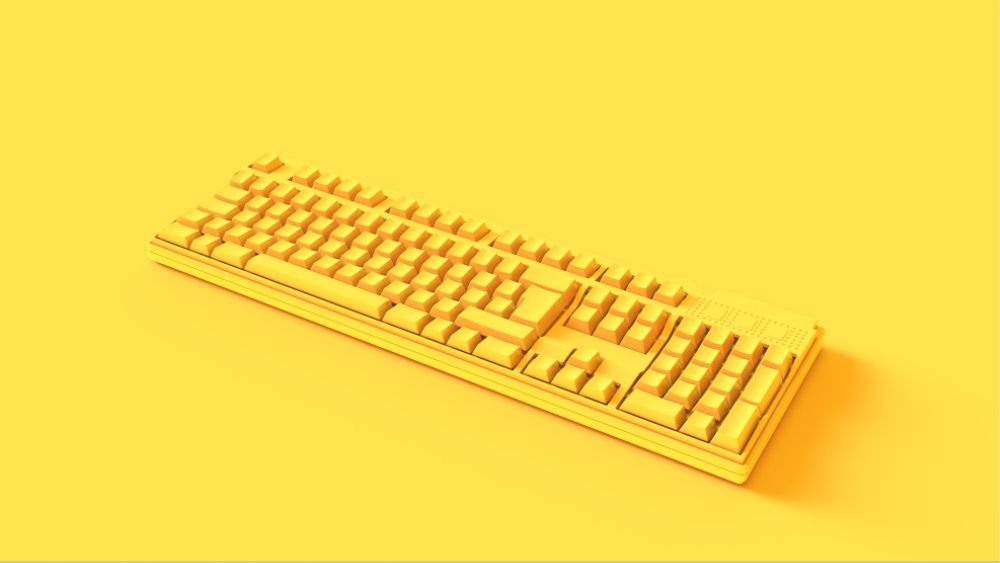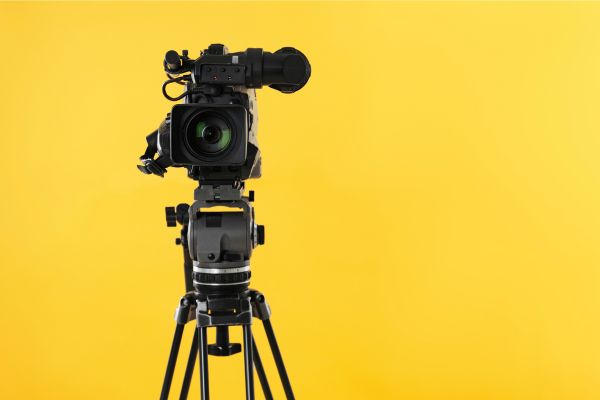Insights
INSIGHTS
All Topics
My Account
How to write great alt text
03 Jul 2023by Ettie Bailey-King
We run through some brilliant practical tips to make alt text useful and useable
Alt text is the text alternative that describes an image. It shows up if an image doesn’t load, whether because of slow internet connections or because a user has turned images off to save data. And it’s the main way for blind and low vision users to perceive images.
Not sure what the alt text field is for on Twitter? Well you're in luck since the platform actually gives you the answer, which can be found by clicking "What is alt text?" before posting your image.
— Alexa Heinrich (@HashtagHeyAlexa) May 3, 2023
Don't be an ableism enabler. Use the alt text field correctly. pic.twitter.com/XXMYGjLV2B
If you think you don’t need alt text on your images, think again. As Becky Brynolf, Head of Social Media at The Royal National Institute of Blind People, says: “An estimated two million people in the UK are blind or partially sighted. 41% of them use the internet every day.”
Whether you’re tweeting, posting an image on Instagram, or writing a blogpost, alt text provides crucial context.
‘I don’t think anyone who needs accessible tweets follows me.’
— Becky Brynolf (@rabbitinahat) June 9, 2022
You sure? An estimated 2 million people in the UK are blind or partially sighted. 41% of them use the internet every day. Some may come across your tweets but not get the full context of what you’re trying to convey.
Here are some practical tips to make your alt text useful and useable.
Keep it short
Capture the relevant details but try not to slow users down with elaborate descriptions. Around 125 characters is often a good length. But remember that accuracy is more important than conciseness. So take as long as you need to capture the important details.
New Year, New You? To our sighted friends: make 2023 the year you put accessibility first. From adding alt text to your social posts to asking if a blind person needs assistance, rather than assuming. Make it your love note. As @lifeofablindgrl says, it shows people you care. pic.twitter.com/fuNq8bgpIK
— RNIB (@RNIB) January 1, 2023
Focus on what matters
You don’t need to describe everything in the image. Judge based on the context and the audience for your content. If you’re writing the alt text for a blogpost about a fundraising fashion show, users are likely to want to know all about the colour, cut, and style of clothing. But they might not need to know about the models’ facial expressions.
If you’re writing the alt text on a photograph of your charity’s new CEO, uesrs may want to know details about their appearance, like hair colour, type length, and skin colour. They might also want to know about their expression, especially if it suggests something about their character, like whether they’re grinning warmly or looking solemn.
Talk about minoritised identities
If we don’t mention someone’s race, many of us assume that people are white, as Haben Girma explains in her video about the need to mention race, which you can view below.
To give blind and low vision users access to the same information as sighted people, it’s also important to include details about gender presentation. You can describe someone’s gender presentation, without assuming their gender. Consider describing features like their hair length and style, clothing, or makeup instead.
How I describe race and gender in my alt text. ⬇️
— Ettie Bailey-King (she/her) (@ettiebk) May 17, 2023
I can't guess race by looking at someone.
So I tend to describe skin tone, hair texture and colour.
I can't guess gender either.
But I might describe hair length, makeup and clothing. pic.twitter.com/oSOj1Tu5u2
Convey function
If something has a known meaning, say it. Blind users need to know that the graphic of a bright blue bird on your website is the Twitter icon, or they won’t know they can select it to visit Twitter.
Low vision people might need to know that the raised fist in your graphic is the Black power salute, otherwise they’ll miss out on important context.
Skip alt text on decorative images
Decorative images are often used to break up long chunks of text. They’re particularly common in research reports, policy updates, and technical explainers.
If an image is purely decorative, then don’t waste the time of your users by adding alt text. Mark it as decorative so that screen readers will skip it.
Leave out credits or copyright information
Alt text is not a caption. It’s a description of the visual appearance of an image. Keep in mind that the alt text is for blind and low vision users who won’t see the image. It’s also very useful for some neurodivergent users, as the caption can help them make sense of the image.
Use alt text only to bring that image to life. It’s not for jokes or hidden messages.
— Specsavers (@Specsavers) May 2, 2023
Include your personality
Alt text must be accurate and focus on relevant details. But that doesn’t mean it has to be dull!
One of my fave things is reading alt text on pictures people put on the tl. It’s like secret whispered notes. I love knowing what details the author deems important tbh? Just read an alt text on a puppy photo that mentioned how cute his tiny little bottom teeth are 🥺 c’monnnn
— shana (@spacemurmurs) May 31, 2022
Sarah Millican’s alt text is concise, clear and accurate. Oh, and it’s hilarious.
Bought my friend’s daughter a ‘Period Starter Kit’. pic.twitter.com/tf3AUbz3lI
— Sarah Millican (@SarahMillican75) December 8, 2022
If it’s appropriate for your charity and tone of voice, show the full range of your personality.
Don’t start with “a photo of” or “an image of”
Don’t start alt text with “photo of” or “image of” because this can get repetitive and irritating for screen reader users. If an image is in an unusual medium, for example, you’re tweeting a photograph of an oil painting or collage, then specify that it’s an oil painting or collage.
Don’t overthink it
Lastly, it’s easy to get tangled up in overthinking: what’s an important detail? Who is my audience? What if I give too much information for one user and not enough for another?
Try this rule of thumb. Imagine you’re describing an image to a friend or a relative. Maybe you’ve messaged them the image, but it hasn’t loaded properly.
You want to mention it because it’s relevant to a story you’re telling, because it’s funny or relatable.
You explain it to them briefly, in simple language. You focus on what’s relevant for the purposes of your story. You describe it, without fussiness or dull detail. Congratulations, you’ve just written a fantastic bit of alt text.
Want to learn a little more about alt text? Check out the resources below:
- Accessible Social has detailed guidance on how to write quality alt text
- Dr Amy Kavanagh shares many useful accessibility resources like her thread on tips for writing alt text (see below)
- Holly Tuke has a range of resources on alt text and accessibility, including 6 ways to make your social media posts accessible for people with a visual impairment
- RNIB’s Guide to Accessible Social Media has an overview of the accessibility features and benefits of different social media platforms, including Twitter, Instagram, TikTok and LinkedIn
Have you noticed this 'alt' label on images?
— Dr Amy Kavanagh (@BlondeHistorian) April 13, 2022
It means the image has 'alt text' or an image description. This means that blind people can access a description of the photo.
It's really easy to add alt text to your images on twitter. This thread explains how! ⬇️👩🦯📲 pic.twitter.com/ZalLHiqo4h
More on this topic
Recommended Products
Featured Products
19 Feb 2025by Laura Stanley
Marketing trends for charities in 2025
17 Feb 2025by Laura Stanley
Charity Digital Exchange: Grow your charity with AWS
15 Jan 2025by Laura Stanley
How to update your charity's story in 2025Sponsored Article
Our Events
Charity Digital Academy
Our courses aim, in just three hours, to enhance soft skills and hard skills, boost your knowledge of finance and artificial intelligence, and supercharge your digital capabilities. Check out some of the incredible options by clicking here.





















